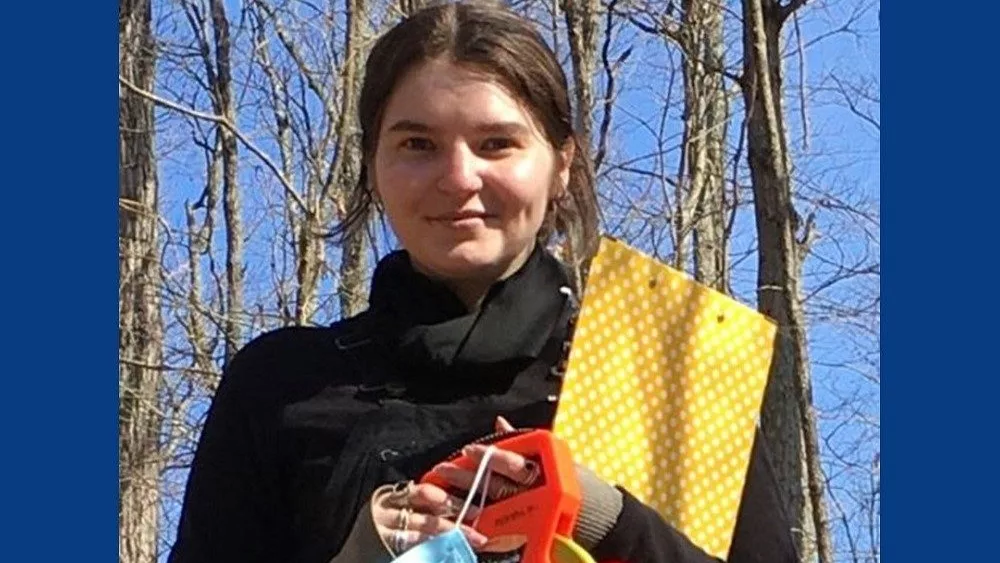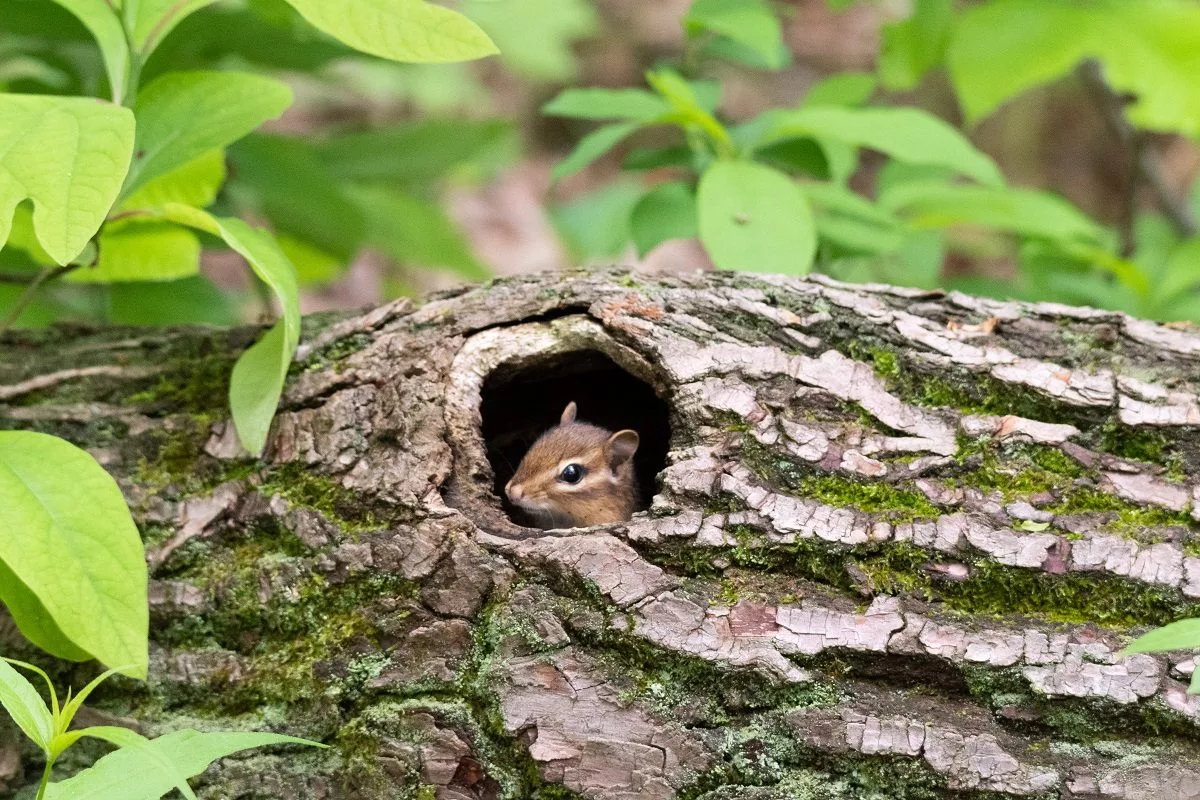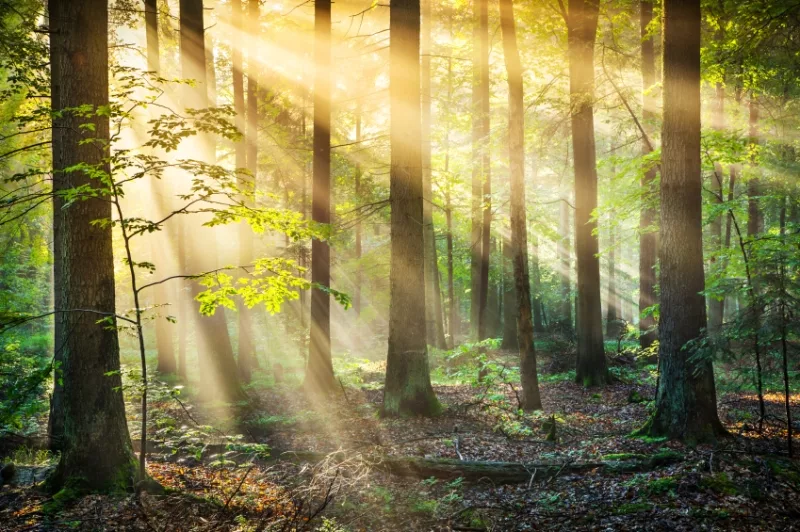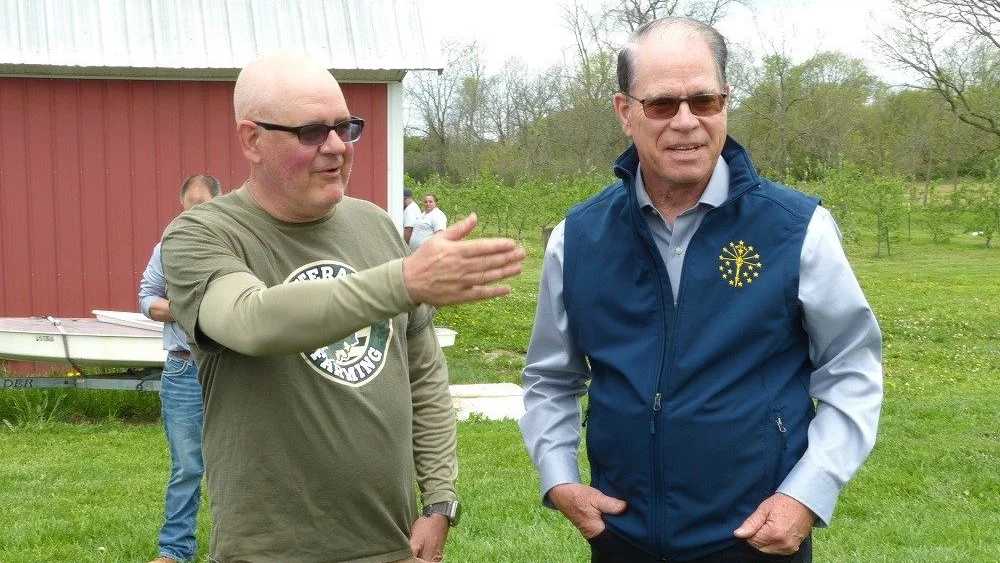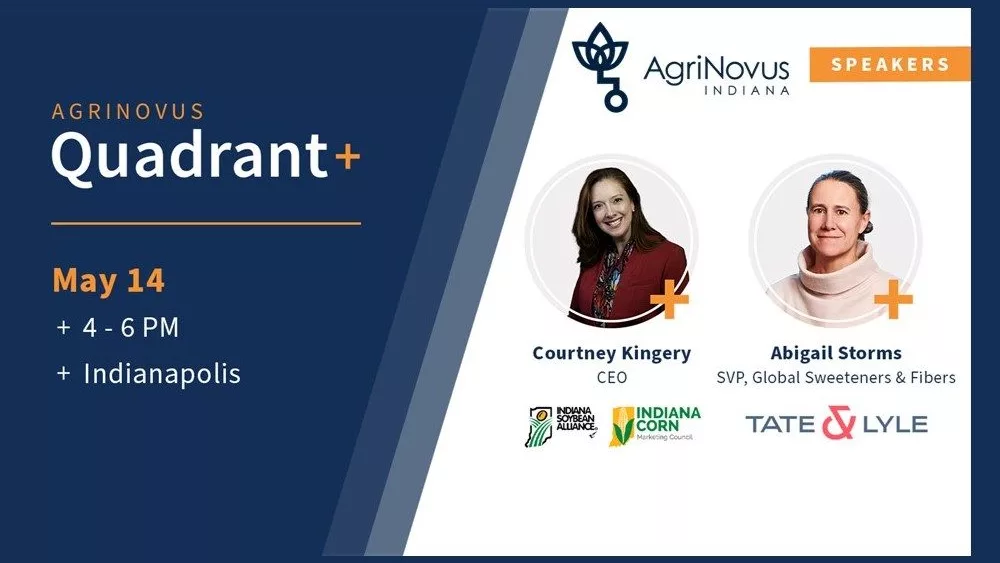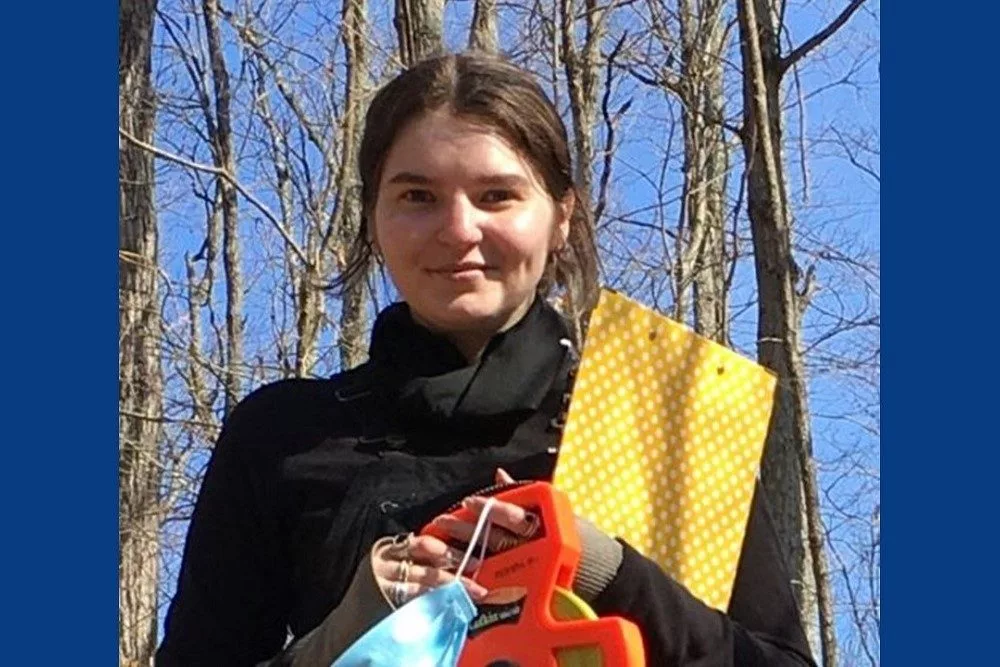
If you’re an Indiana woodland owner, you may have heard of the Hardwood Ecosystem Experiment. It’s a long-term, large-scale experimental study of forest management and its impacts, that was started in 2006 and will continue for another 81 years!
The study was started by the Indiana Department of Natural Resources, Division of Forestry, and Purdue University as a response to the management challenges faced by forest managers and owners throughout the Midwest and eastern US. The primary challenges include:
- Managing for endangered species (like the Indiana bat)
- Managing for species with increasing populations (like white tailed deer)
- Climate change
- Public opinions on management techniques such as timber harvest and prescribed fire
“Our goal is to study the impacts of long-term forest management on public and private lands within the Central Hardwood Region. Southern Indiana is a big part of that region,” according to Kat Shay, who is based in Morgan County and serves as the Forest Project Coordinator for the Hardwood Ecosystem Experiment.
She says they have a number of research goals and objectives:
- Develop a proven system of forest management prescriptions to maintain desired populations of native plant and animal species and important communities such as those dominated by oak species;
- Understand the response of targeted native wildlife and plant species to forest management, in order to identify the positive effects and mitigate the potential negative effects on species of conservation concern;
- Assess public attitudes towards forest management to develop new approaches for education of the general public as well as private landowners; and to engage various interest groups in a discussion of land management;
- Identify direct and indirect benefits of specific forest management practices to local and regional communities, and to understand the impact of forest management practices in community development.
She says one area of focus is to study the many animals that live in our woodlands.
“So many different plants and animals are adapted to be dependent upon that , whether it’s for the habitat that it provides or whether it’s for food,” says Shay. “Bats are one of our ongoing long-term projects, along with deer, breeding birds, Cerulean warblers, small mammal squirrels—you name it, we’ve studied it.”
How can Indiana woodland owners benefit from the research done by the Hardwood Ecosystem Experiment?
“Let’s say we’ve got a landowner who’s really passionate about bird watching and really wants to create habitat for the Scarlet Tanager, and they want to know what they can do to better facilitate that bird or a series of birds on their land. They can contact Purdue Extension, they can contact Consultant Foresters, or tap into the legacy of work that the Hardwood Ecosystem Experiment has contributed,” says Shay.
Learn more about the Hardwood Ecosystem Experiment at heeforeststudy.org.
CLICK BELOW to hear Hoosier Ag Today’s radio news story:
CLICK BELOW to hear the full conversation with Kat Shay as goes into further detail about the Hardwood Ecosystem Experiment and its impact on Indiana woodland owners.
Photo courtesy of the Indiana Forestry and Woodland Owners Association.

